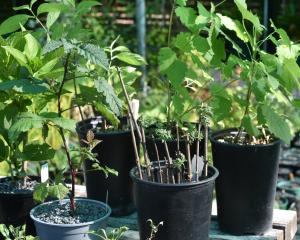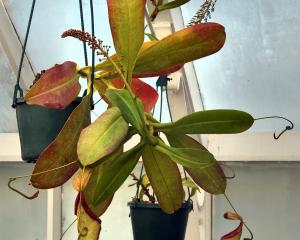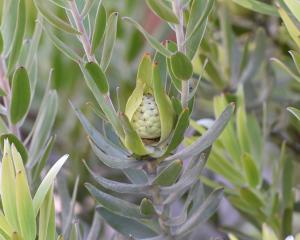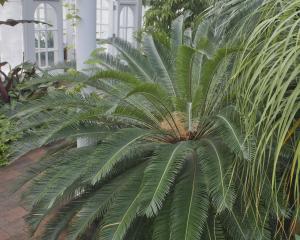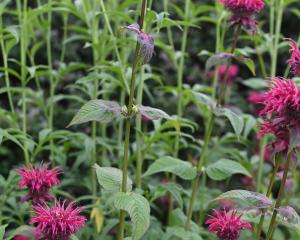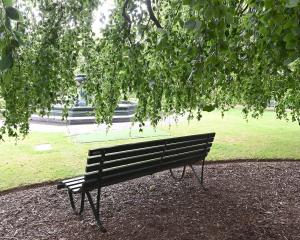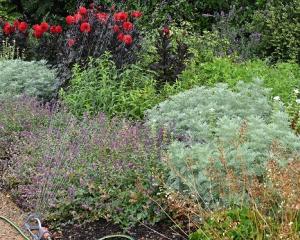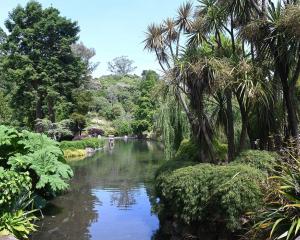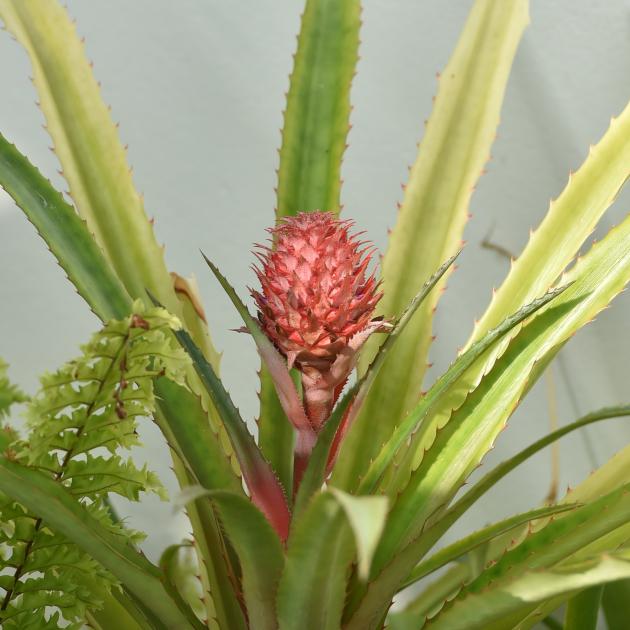
Today, we can readily buy pineapples at our local supermarket but this far south seldom get to experience how pineapples naturally grow and fruit. Do not hesitate to visit the winter garden glasshouse at the Dunedin Botanic Garden, where you will be excited to find the true pineapple species, known as Ananas comosus, located beside the fish pond.
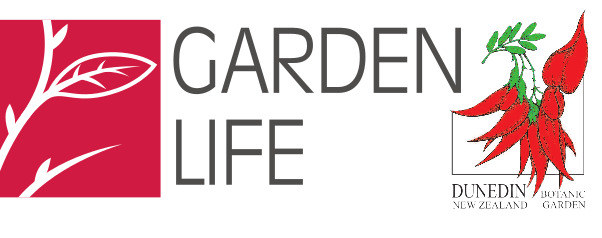
Pineapples bear a fascinating fruit which is long-lasting. It starts as a bloom, which forms a scarlet pine cone-like inflorescence at the top of the spiky foliage rosette. If you think it is a beautiful single flower catching your eye, you are mistaken. It is a structure surrounded by colourful hard bracts where many delicate flowers emerge with shades of red, purple or blue between them.
The blossoms themselves are quite small, but their collective impact is what gives the pineapple its distinctive appearance in nature’s artistry. Each single flower will develop into an individual tiny berry, but all fuse together into a pink-red compound fruit in a spiky, hexagonal pattern. Due to this fruit’s visual similarity to pine cones, the name pineapple came about.
The pineapple plant, a member of the Bromeliaceae family, exhibits unique growth patterns with delectable fruit and enchanting flowers. It offers a fascinating glimpse into the botanical wonders of the tropical world and captures our imaginations and palates alike.
Garden Life is produced by the Dunedin Botanic Garden. For further information contact Ben Xie.





